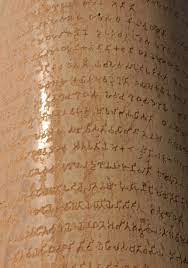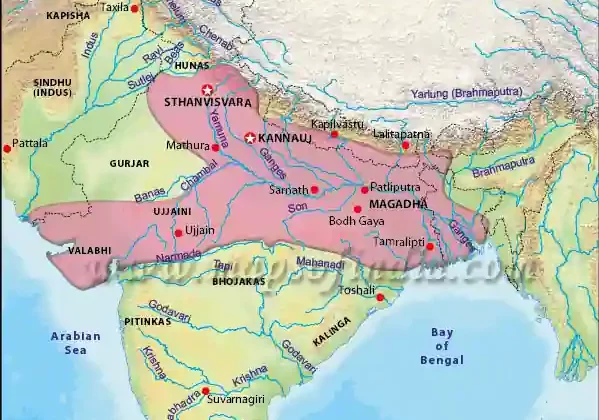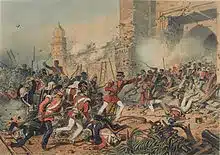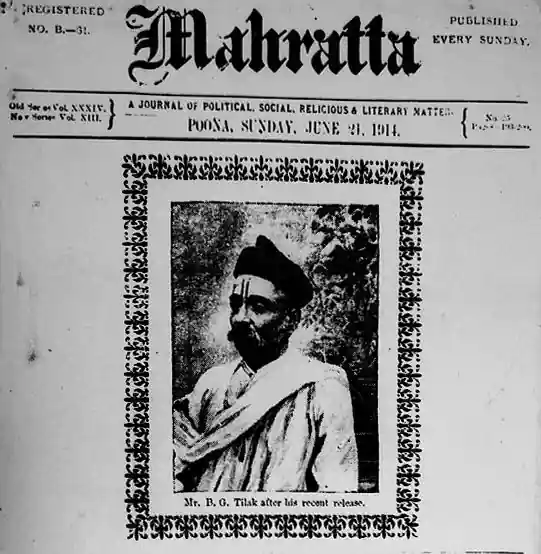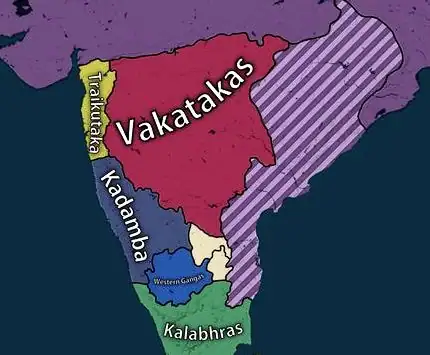The Tripartite Struggle of Medieval India
The Tripartite Struggle, a significant historical period in medieval India, emerged during the 8th to the 10th centuries CE. This intense contest for supremacy primarily involved three dominant powers: the Gurjara-Pratiharas, the Rashtrakutas, and the Pala Empire.
After the decline of Harsha’s empire in the 7th century, several large states arose in North India, the Deccan, and South India. Each dynasty sought to expand its influence over the fertile Gangetic plains, leading to a protracted conflict that shaped the sociopolitical landscape of the region. The Palas, the Pratiharas, and the Rashtrakutas were prominent among them.
The Gurjara-Pratiharas, known for their military prowess and administrative acumen, aimed to secure control over northern India. Their efforts were characterized by strategic alliances and robust campaigns against both the Rashtrakutas to the south and the Pala dynasty to the east. The Gurjara-Pratiharas not only sought territorial expansion but also endeavored to foster cultural and economic growth in the regions they controlled.
In response, the Rashtrakutas emerged as formidable rivals, making significant gains in both the Deccan region and parts of northern India. Renowned for their patronage of art and architecture, the Rashtrakutas not only engaged in military confrontations but also promoted a cultural renaissance that left a lasting legacy in Indian history. Their campaigns and consequent territorial acquisitions highlighted their ambition to dominate the subcontinent, setting the stage for intense rivalries.
Simultaneously, the Pala Empire thrived in eastern India, emerging as a beacon of Buddhist learning and culture. The Palas, under rulers such as Dharmapala, expanded their influence through both military conquests and the establishment of educational institutions. Their commitment to promoting Buddhism and supporting scholars established a rich intellectual environment, further complicating the existing power dynamics.
Historical Evidence of Tripartite Struggle
Inscriptions:
- The Ellora Record of Dantidurga, the Samangarh inscription, and the Navsari Grant provide insights into the Rashtrakuta dynasty’s history.
- The Gwalior Prashasti and the Barah copper plate celebrate the achievements of Mihir Bhoja.
- The Badal inscription mentions the Pala ruler Devapala’s victories over various dynasties.
Literary works:
- Kalhana’s Rajatarangini chronicles the kings of Kashmir, including the territories of Mihir Bhoja.
- The Sanjan Copper plate inscriptions shed light on the reign of the Rashtrakuta king Amoghavarsha.
Foreign accounts:
- Arab travellers like Al-Masaudi visited the Pratihara kingdom during Mahendrapala’s reign, providing valuable insights into the period.
Tripartite Struggle Phases
Phase I of the Tripartite Struggle:
- The first phase of the tripartite struggle ( Kannauj conflict) began around 790 AD with a clash between Pala king Dharmapala and Pratihara king Vatsaraja at Prayaga, which resulted in the defeat of Dharmapala.
- Later Vatsaraja was defeated by Rashtrakuta king Dhruva. However, Dhruva was unable to consolidate his victory because he needed to return to the south to attend to the conflict with the Chalukyas of Vengi.
Phase II of Tripartite Struggle
- Phase I of the Tripartite Struggle ensured that the Pratiharas were weakened in the north. This provided the Palas with an excellent opportunity to attack again.
- Dharmapala took advantage of the situation and recovered Kannauj, putting Chakrayudha on the throne. He established himself as the lord of virtually all of Northern India via a series of successful expeditions.
- Vatsaraja’s successor, Pratihara ruler Nagabhatta II invaded Kannauj and established his control. This started another round of conflict. Finally, Nagabhatta II defeated Dharmapala in the battle of Munger.
- However, soon he was again overthrown by Govinda III of Rashtrakuta (son of Dhruva).
- Govinda III left for the Deccan soon after this victory. This allowed Nagabhatta II to regain control of Kannauj.
- The Pratiharas emerged victorious and established themselves as the main power in central India by the end of the tripartite struggle.
Causes of Tripartite Struggle
- Prestige: During the early medieval period, Kannauj was seen as a sign of status and authority, as control of it represented political domination over northern India. It was also connected to the silk road, an ideal location for trade and commerce.
- Control of Resources: Control of Kannauj also meant control of the Central Gangetic valley, which was rich in resources and hence strategically and commercially significant.
- Weak rulers: Between the end of the 8th century and the first quarter of the ninth century, three kings ruled over Kannauj: Indrayudha, Vijrayudha, and Chakrayudha. However, these kings were very weak and could be easily defeated.
- Desire to control Uttarpath: The desire to become Sakalottarpathanath (lord of all of Uttarpath) attracted the Rashtrakutas to Kannauj. Palas wanted the title of Uttarpathaswami (lord of Uttarpath).
The Tripartite Struggle ultimately forged a complex tapestry of alliances, conflicts, and cultural exchanges. The continuous warfare hindered regional stability, leading to shifts in power that influenced not only the political but also the cultural ethos of medieval India. As these three powers vied for dominance, their interactions set the stage for subsequent historical developments, paving the way for the emergence of new dynasties and the eventual rise of regional identities.
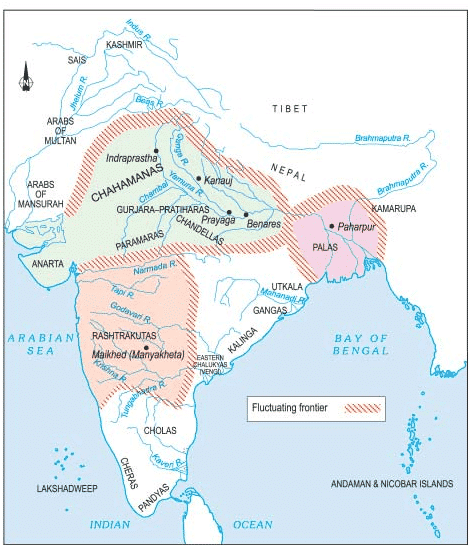
Tripartite Struggle Consequences
Consolidation of power
This war lasted for a century and was finally won by the Rajput Pratihara emperor Nagabhata II, who established Kannauj as the capital of the Pratiharas, which ruled for nearly three centuries. After Nagabhatta II’s reign, Ramabhadra lost Kannauj for a short period. However, under the able leadership of Mihir Bhoja, the north was politically united again.
Cultural Renaissance
- This period witnessed the development of distinct architectural styles, such as
- the Nagara style of the Pratiharas,
- the Bangla-domed temples of the Palas, and
- the Vesara style of the Rashtrakutas is exemplified by the Kailash temple at Ellora.
Linguistic development
- The tripartite struggle coincided with the evolution and growth of regional languages like Kannada, Bengali, and Apabhramsha.
- The Rashtrakuta king Amoghavarsha contributed significantly to the development of Kannada literature, while the Pala rule saw the emergence of Proto-Bengali literature.
- Sanskrit literature also thrived during this period, with celebrated poets and scholars gracing the courts of Pala and Pratihara rulers.
Weakening of Empires
The prolonged conflict took a toll on the resources and stability of the empires involved, ultimately leading to their gradual decline.
Conclusion
In conclusion, the Tripartite Struggle is a testament to the dynamic nature of medieval Indian politics and culture. The fierce competition among the Gurjara-Pratiharas, Rashtrakutas, and the Pala Empire not only defined an era but also left an indelible mark on the subcontinent’s historical narrative.
Also, refer :
- Pre-Mauryan Dynasty
- Mauryan-Empire
- Download the pdf of Important MCQs From the History Of Ancient India
- Important Court Poets Of India
- Arhat Under Buddhism
- FESTIVALS OF INDIA


